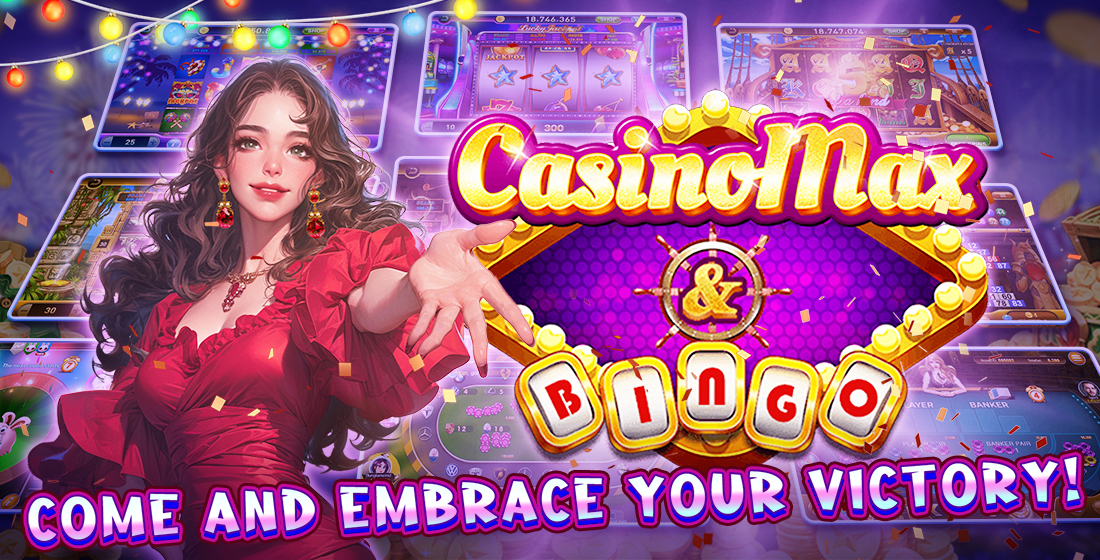Why Casual Idle Games Are Taking Over Your Free Time: A Deep Dive into the Trend
Casual games have skyrocketed in popularity, creeping into our daily routines and reshaping the way we unwind during our free time. One spice of this gaming world is idle games, also known as clickers, which let you play at your own pace without intense skill requirements. But what makes these games so appealing, and why is the trend surging right now?
The Allure of Casual Idle Games
Casual idle games offer a unique blend of simplicity and engagement. Here are a few reasons why they attract vast audiences:
- Accessibility: They require minimal investment, making them great for anyone, regardless of gaming experience.
- Relaxation: These games promote a less stressful playstyle, allowing people to engage while multi-tasking.
- Rewarding Mechanics: Players love the satisfaction of watching their progress, as idle games often reward you even when you're not actively playing.
The Evolution of Casual Games
If we rewind to the 1990s delta force era, gaming has shifted remarkably. Back then, games were often sprawling, complex, and demanded your full attention. However, today’s casual games embrace simplicity and ease. Players can enjoy a game during short breaks or while commuting. Check out the Clash of Clans builder base layout; it’s a superb example of how casual elements can mesh with strategy to create an engaging experience.
Idle Game Mechanics You Should Know
Idle games thrive on specific mechanics designed to keep players engaged. Below are key features that define these games:
| Game Mechanic | Description |
|---|---|
| Auto-Play | Players progress automatically when they're away from the game. |
| Upgrades | Continuous improvements keep players returning to enhance their gameplay. |
| Prestige Mechanics | Allows restarting for greater rewards, fostering a deeper gaming cycle. |
What’s Next for Casual and Idle Games?
As technology advances, the landscape for casual and idle games will keep evolving. Trends like incorporating augmented reality (AR) and player-driven narratives could redefine the genre. These innovations promise to offer more immersive experiences without sacrificing the relaxation factor that makes idle games a staple in so many players' lives.
Conclusion
In summary, casual idle games are not just a fleeting fad; they tap into fundamental human desires for relaxation, ease, and achievement. As they take over our free time, they pave the way for future gaming trends focused on accessibility and enjoyment. So next time you catch yourself playing one of these games, remember—you're part of a larger movement reshaping the gaming world!



